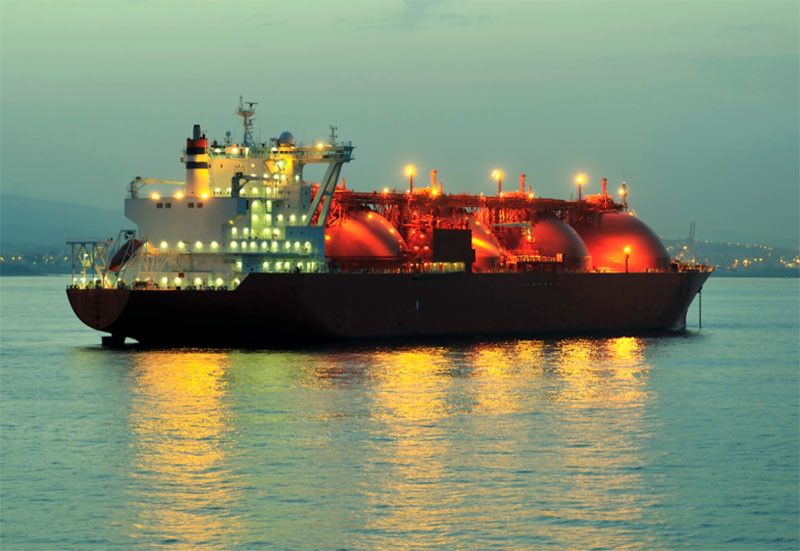The turmoil in global gas markets expected as a result of the continuing conflict in Ukraine has not yet materialized, with gas flows from Russia actually increasing.
At this moment, a disruption in flows is more likely to stem from damage to infrastructure. However, as the situation is evolving rapidly, the risk of disruptions due to sanctions on energy remains a real possibility.
Material increases in Russian gas exports to Europe, particularly through the Ukraine transit route and sporadic westbound flows on the Yamal Europe pipeline, have temporarily steadied prices, but bullish factors are creeping up.
Considering the circumstances, TTF prices (Europe-wide natural gas price benchmark) are exhibiting relative calm, fluctuating around the $37/Mmbtu mark after a brief surge to $44/Mmbtu on Thursday when the conflict escalated.
Since Nord Stream 2’s certification was suspended, the project can now be considered effectively shelved, as can Europe’s and Asia’s hopes of sub-$20/MMbtu prices in the foreseeable future.
In Europe, Gazprom’s customers may be factoring in risk of a disruption in supplies – either due to a physical disruption in flows due to damage to infrastructure or hampered purchase transactions due to intensifying sanctions that have so far spared gas exports.
As such, it remains in Gazprom’s, Ukraine’s, and Europe’s interest to continue steady pipeline supplies for as long as possible.
Bullishness has crept in from the LNG side, as the latest tranche of sanctions from the UK have targeted Russian shipping and we may see LNG vessels with any discernible connections to Russia get turned away from UK ports. Further upside awaits if other European countries follow suit.
Weather forecasts for coming days are also trending at normal to below normal temperatures and are likely to support gas demand for heating. The only silver lining so far is that storage levels have limped back into the five-year range thanks to an inundation of U.S. LNG and a milder than expected winter, offering some near term relief, but restocking is clearly going to be a tall order.




